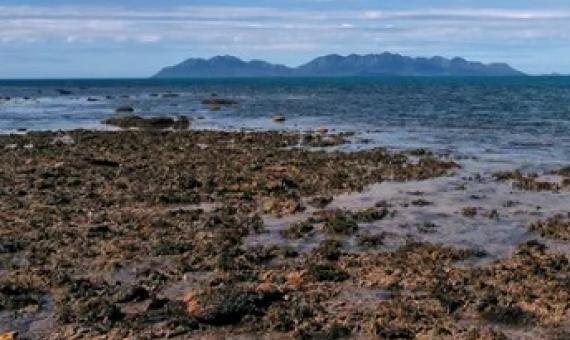Protecting Connectivity Promotes Successful Biodiversity and Fisheries Conservation
The global decline of coral reefs had led to calls for strategies that reconcile biodiversity conservation and fisheries benefits. Still considerable gaps in our understanding of the spatial ecology of ecosystem services remain. We combined spatial information on larval dispersal networks and estimated of human pressure to test the importance of connectivity for ecosystem service provision. We found that reefs receiving larvae from highly connected dispersal corridors were associated with high fish species richness.
